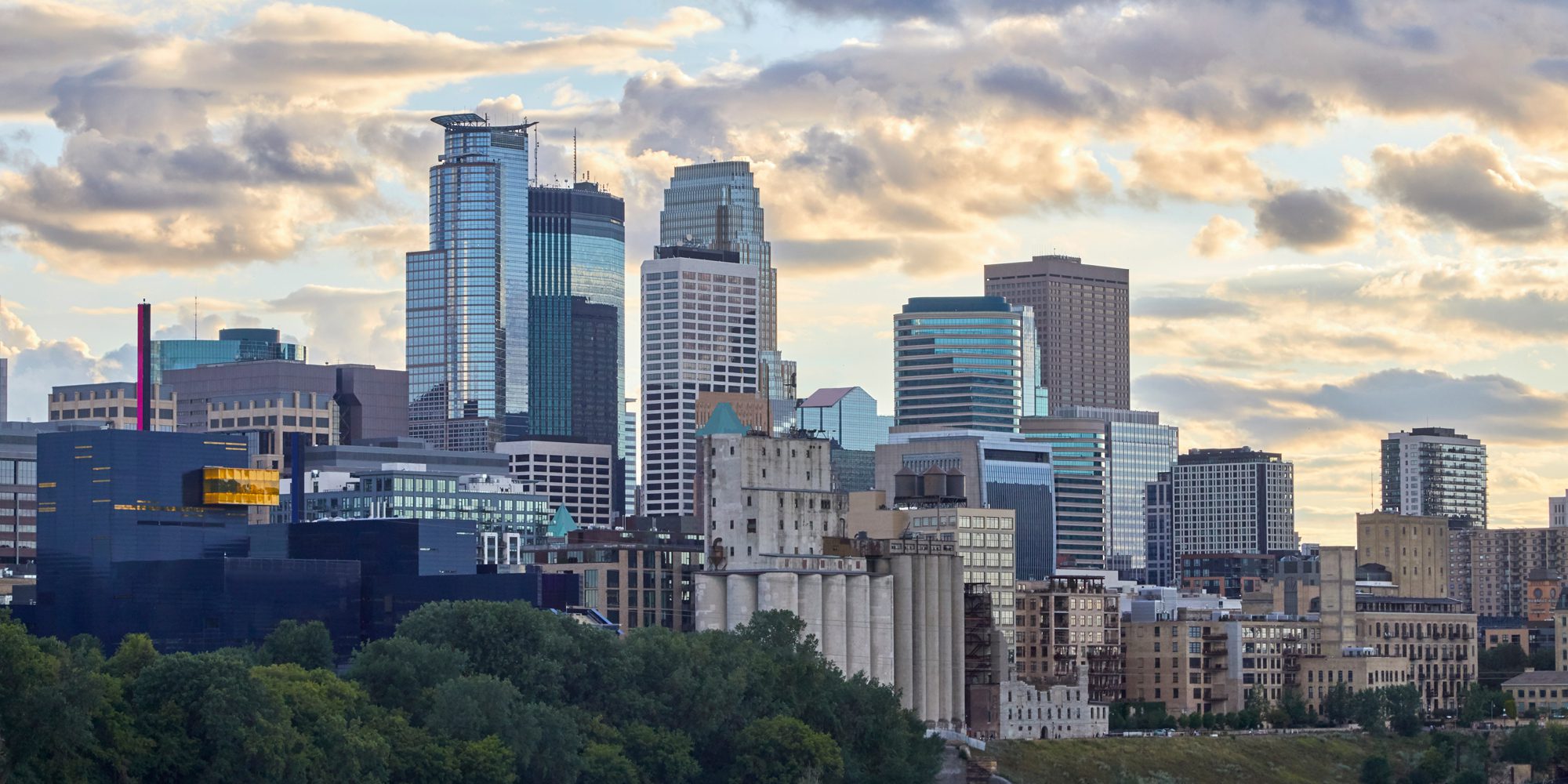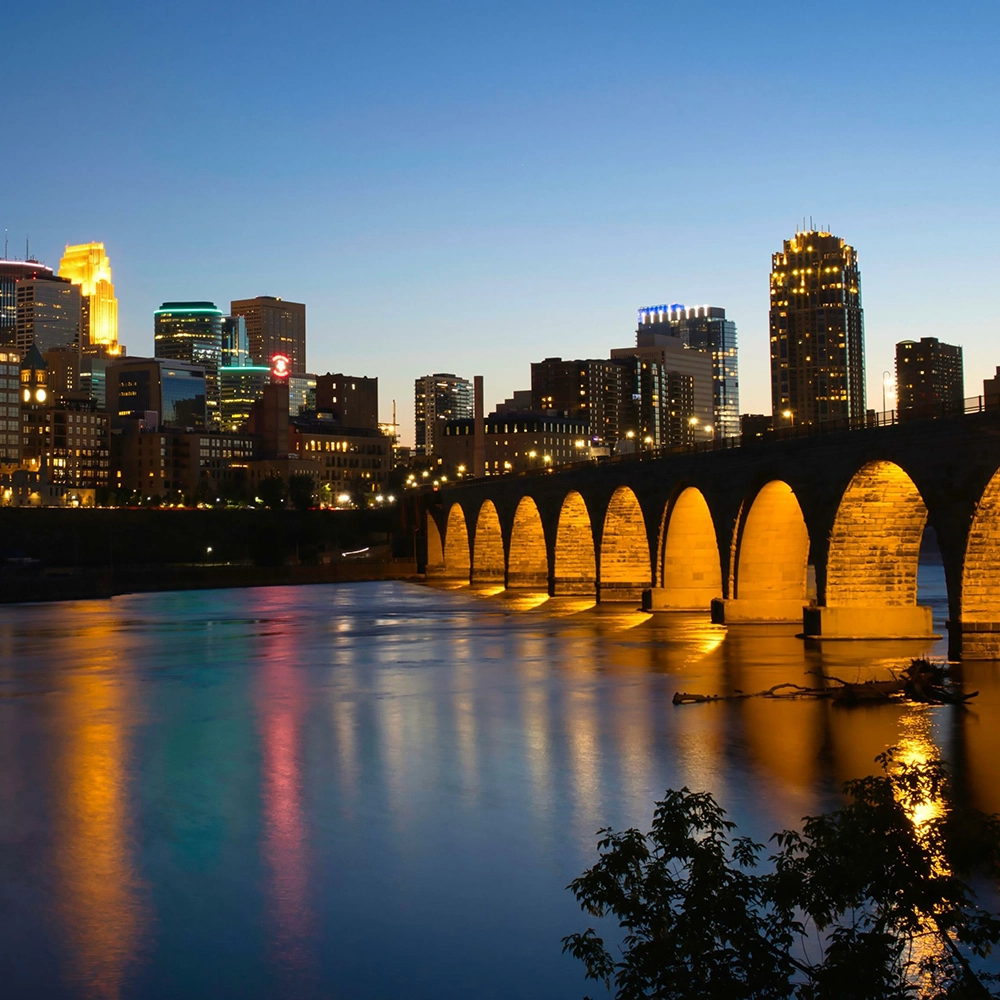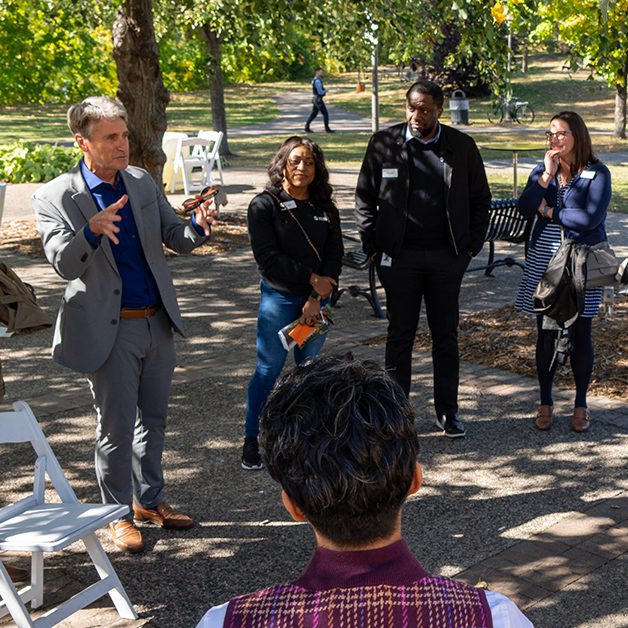New Report Offers Vision for Future of Downtown

Downtown Next aims to fuel community engagement and action.
Downtown Minneapolis has entered a new chapter that presents opportunities for a major renaissance—if our community rallies around solutions to the post-pandemic challenges faced by cities across the nation.
A report released today by the Minneapolis Foundation offers an action strategy for the next stage of downtown Minneapolis, identifying ways to make all of downtown a vibrant place that serves the economic and cultural health of the city year-round. It starts by recognizing that COVID-19 and other historic events have rewritten the scripts for downtowns everywhere, causing massive changes to retail and the daily habits of office workers.
The report gathers ideas that have surfaced in this community and elsewhere; lifts up common themes that could result in impactful change; and organizes them into a comprehensive vision—all to fuel action and community engagement.
“Our goal with this report is to spur discussion and action, mobilizing the diverse coalition that our community needs in order to transform downtown into a place that works for everyone.” — R.T. Rybak, President and CEO of the Minneapolis Foundation.
Commissioned by the Foundation, “Downtown Next: An Action Strategy for Downtown Minneapolis” was produced by a team of three local authors with decades of combined leadership experience in community planning and economic development: David Frank, Sarah Harris, and Beth Shogren.
“This report aims to connect the dots between ideas, provide lift to the many people who are working on ways to revitalize downtown, and offer a game-plan for everyone to get involved,” David Frank said.
The report builds on a variety of robust conversations that have already begun about the future of downtown, including long-range planning led by the Minneapolis Downtown Council, a Vibrant Downtown Storefronts Workgroup formed by Minneapolis Mayor Jacob Frey, and the Abundant Cities event series that the Minneapolis Foundation sponsored this year in partnership with the Walker Art Center. It collects ideas that have emerged not only locally, but in many other cities that are facing similar challenges and striving to evolve.
The report highlights what’s working well downtown and identifies roadblocks to be overcome, public and private resources that should be prioritized, and longstanding beliefs that should be examined. The report urges the public sector to be creative and aggressive in identifying financial tools which can be available to support these efforts.
“The future of downtown will not look like its past—and that’s a good thing,” said Sarah Harris, one of the report’s authors. “We have an extraordinary opportunity now to harness the changes of the past few years and reimagine downtown as a vibrant hub with more diverse uses and more diverse users than it has ever had.”
The report’s recommendations fall into three main areas:
Shifting from an 8-Hour to a 24-Hour Downtown
Like the many downtown neighborhood “villages” that are thriving, the downtown core—long focused on white-collar workers—should be transformed to include spaces where people do more than just work, but also live, relax, play, educate, and shop. The report calls for:
- Creating focus areas that draw customers and provide an ecosystem of support for a diverse mix of entrepreneurs.
- Converting building spaces to post-COVID uses, with less emphasis on large office tenants and more on a mix of big and small businesses, retail, residential, and more.
- Enhancing the street experience, focusing on storefronts and what is needed to support small businesses in them.
- Shifting the focus of skyways to services and commuting, so that pedestrian traffic needed for ground-level retail is not diluted.
- Transforming local anchors such as the downtown post office and Nicollet Mall to draw people and create identity of place.
Creating Common Ground
Beautiful and activated spaces attract people, generate buzz, and make experiences memorable. The report calls for:
- Investing in greenscape, art, and activity to draw people and support the physical, mental, and economic health of the community.
- Fostering “safety in numbers” by increasing vibrancy to attract more people downtown—a necessary complement to the comprehensive safety measures led by others in the community.
- Engaging one person or organization to organize events, art installations, and broader community engagement in long-term downtown activation.
Moving from Monoculture to Multi-Culture
The city’s diversity is a strength from which the community should draw solutions. The report calls for:
- Authentically engaging the whole community in designing the future of downtown, especially those who may have not been historically welcome there.
- Celebrating the existing abundance of downtown’s many neighborhoods and encouraging growth by emphasizing connections between them.
“To create a resilient downtown, we have to listen to all the people and businesses we need to be part of its future,” said Beth Shogren, one of the report’s authors. “Our bottom-line recommendation is to engage with the broader community to co-develop ideas and then—and only then—develop priorities for moving forward.”

